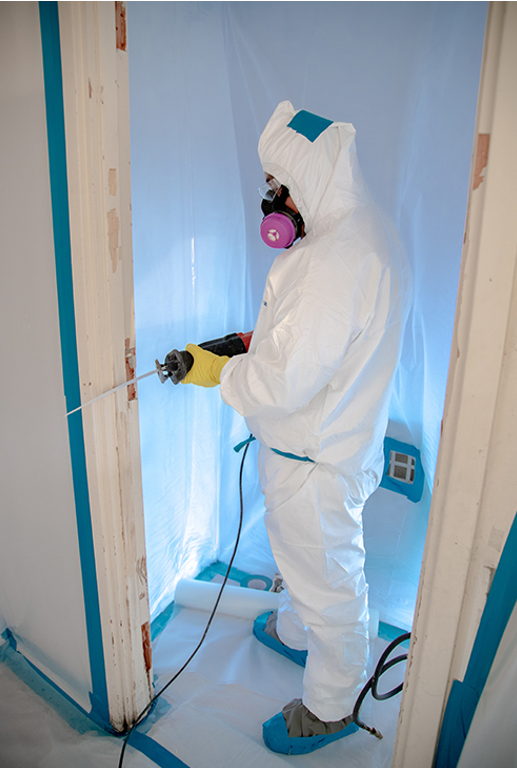At SOCOTEC, conducting Hazardous Building Materials Surveys (HBMS) is a detailed inspection of a building to identify, assess, and document the presence of materials that may pose health or environmental risks during renovation, demolition, or occupancy. These materials can be harmful if disturbed, and the survey ensures proper handling, removal, and disposal in accordance with federal, state, and local regulations.

Talk to our experts
Comprehensive Hazardous Building Materials Surveys
We specialize in the performance of comprehensive HBMS, including detailed inspections for asbestos-containing materials (ACMs), lead-based paint (LBP), universal wastes, mercury containing materials, and Polychlorinated Biphenyls (PCBs). Our HBMS services are described in more detail below:

Ninyo & Moore, a SOCOTEC company, has provided exemplary service under the on-call Agreements for Professional Environmental Consulting Services. The hazardous materials consulting projects completed during this time frame had challenging scopes and work schedules. All efforts were completed on time and within budget. Ninyo & Moore demonstrated the firm’s commitment to providing excellent client service, their ability to collaborate with all team members, and a high level of responsiveness to all requests made by the College.
Trusted partner for Reliable Hazardous Building Materials Surveys
At SOCOTEC, we understand that identifying hazardous building materials is not just a regulatory requirement—it's a critical step in protecting public health, worker safety, and environmental integrity.
We take a proactive, solution-oriented approach to every Hazardous Building Materials Survey (HBMS). Our team works closely with clients to anticipate challenges, streamline compliance, and provide clear, actionable results that align with project goals and timelines. From early planning through execution, we support safe, efficient progress—no matter the size or complexity of the project.
Have you identified all hazardous materials that could impact your project?
Discuss your HBMS needs with our experts.





